South Korean MANPADS and mobile short-range air defense systems
Air Defense of the Republic of Korea... In the mid-1980s, the replacement of the outdated FIM-43 Redeye MANPADS was overdue in the armed forces of the Republic of Korea. In the second half of the 1990s, the RK army had foreign-made complexes: British Javelin, Russian Igla-1, American FIM-92A Stinger, French Mistral ...
The first MANPADS that appeared in the South Korean army in the mid-1970s was the FIM-43 Redeye, which was produced by the American company General Dynamics. This portable complex was in service in South Korea for a long time; in the second half of the 1980s, there were about 300 MANPADS in the army. According to The Military Balance 2015, five years ago, the air defense units of the Republic of Korea ground forces had 60 launchers for Redeye Block III anti-aircraft missiles (FIM-43C). Taking into account the terms of operation and equipping the South Korean army with modern nationally produced MANPADS, it is highly likely that all the outdated Redai portable systems have already been removed from service.
In the 1980s, the Republic of Korea began to show a certain independence in matters of military-technical cooperation, and focus not only on American-made military equipment and weapons. In 1986, during an official visit to Seoul by British Prime Minister Margaret Thatcher, an agreement was reached on the supply of Javelin MANPADS. At that time, it was a very advanced short-range anti-aircraft system, launched into mass production in 1984, which replaced the outdated Blowpipe MANPADS in the British army.
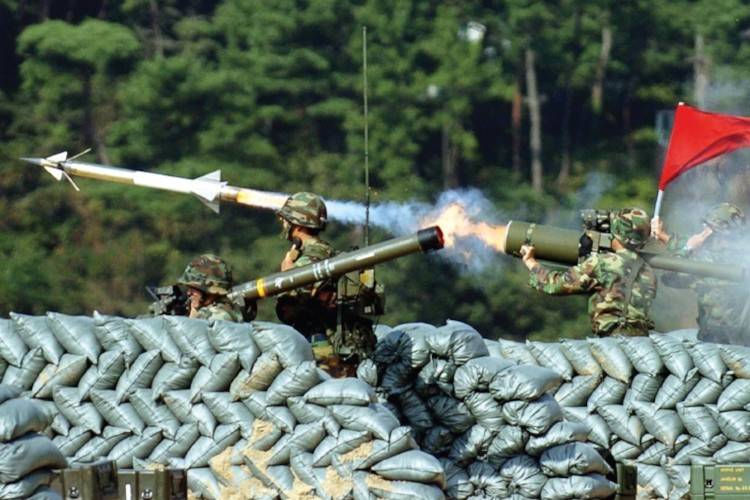
Like Blowpipe, the Javelin MANPADS used a radio command system for guiding an anti-aircraft missile to a target, and initially the new complex was designated Blowpipe Mk.2. But for marketing reasons the company Shorts Missile Systems assigned it the designation Javelin (English "Dart"). Thanks to the use of a semi-automatic guidance system along the line of sight of the target, the operator's work has become much easier, and most importantly, the probability of hitting the target has significantly increased. The operator of the Javelin complex does not need to control the rocket with the joystick throughout the entire flight, as was the case with the previous model, but only needs to follow the target in the reticle of the optical sight. The missile received a more powerful high-explosive fragmentation warhead and a sustainer engine with an improved fuel formulation, providing a range of up to 5,5 km. Effective target height: 10-3000 m. The Javelin complex, if necessary, can also be used against ground targets. The warhead is detonated using contact or non-contact fuses. However, "Dart" turned out to be quite heavy. With a guidance unit and a rocket in the launch tube, it weighed about 25 kg. Despite the fact that the Javelin no longer fully meets modern requirements and has been removed from service in the UK, the Republic of Korea's ground forces still have about 250 MANPADS of this type.
Taking into account the fact that by the beginning of the 1990s, American-made FIM-43 Redeye MANPADS was outdated and did not provide satisfactory selection of air targets in the conditions of the use of heat traps, South Korean generals, in addition to Javelin MANPADS, decided to acquire modern portable complexes.
In 1993, American troops stationed in the Republic of Korea handed over three dozen used MANPADS launchers and about a hundred FIM-92A Stinger missiles to their South Korean counterparts.
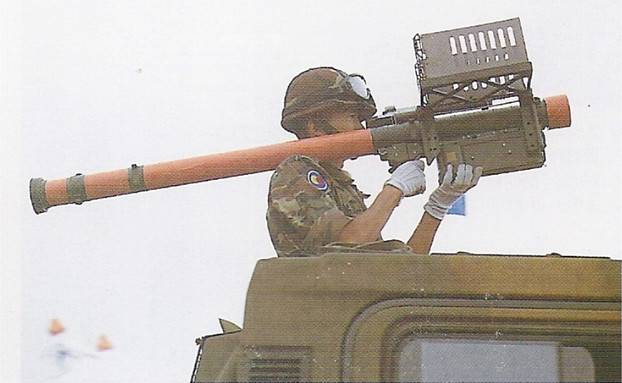
But, apparently, the American "Stingers", produced in the mid-1980s, were seen in South Korea as a temporary solution to strengthen the air defense of the ground forces. Now all FIM-92A Stinger MANPADS have been withdrawn from combat units and are in warehouses. Some experts specializing in air defense weapons believe that the early model Stingers are incapable of combat due to the failure of disposable electric batteries.
In 1996, 50 launchers and 700 Igla-1 MANPADS missiles were delivered to the Republic of Korea to repay the Russian debt.
The Russian portable complex had at least no worse characteristics compared to the American-made FIM-92A Stinger MANPADS available in South Korea. The active operation of Igla-1 MANPADS in the South Korean army continued until 2018. Currently, the main part of Russian MANPADS has been replaced in the troops by complexes manufactured in the Republic of Korea. An interesting fact is that MANPADS "Igla-1" in noticeable quantities are also available in the DPRK.
Since the mid-1990s, the French-made Mistral MANPADS has become the most massive in the South Korean army. The first complexes of this type were delivered to the Republic of Korea in 1993. According to information published in open sources, more than 2006 anti-aircraft missiles were ordered in France until 1000 under the contract. In total, as of 2018, the French-British company MBDA has fired more than 16000 Mistral missiles.
The Mistral air defense missile is made in a canard aerodynamic configuration, which ensures high maneuverability with high guidance accuracy in the final flight phase. The head of the missile defense system with a diameter of 90 mm is covered with a pyramidal fairing, under which there is an infrared homing head. This shape has an advantage over the usual spherical one, as it reduces drag. The GOS uses a mosaic-type receiver made on indium arsenide, which significantly increases the ability to detect and lock targets with a weak IR signature. In combination with the cooling of the receiver (the refrigerant cylinder is attached to the trigger mechanism), this improves noise immunity and reduces the likelihood of acquiring a false target. The seeker is capable of capturing and escorting a jet aircraft at a distance of up to 7 km, and a helicopter equipped with devices for reducing thermal signature - at a distance of up to 4 km on a head-on course. The high-explosive fragmentation warhead of the rocket with ready-made striking elements (about 1500 tungsten balls) weighs 2,95 kg and is equipped with a contact and laser proximity fuses. Reliable destruction of an air target is provided with a miss of up to 1 meter.
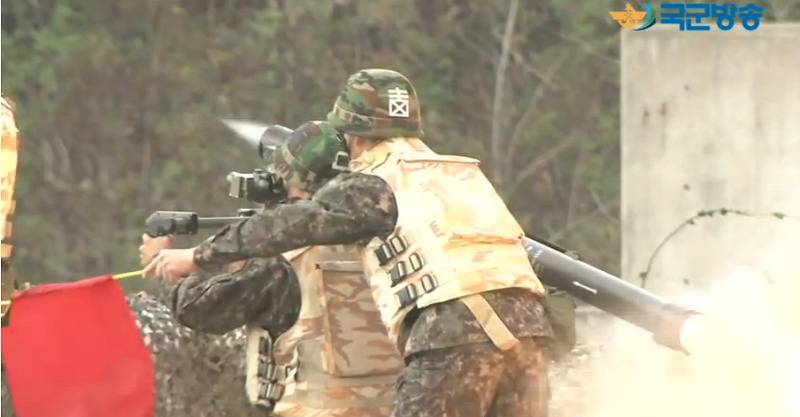
Although "Mistral" is positioned as a portable complex, in fact it is portable. The transport-launch container and sighting equipment are placed on a metal tripod with a seat for the operator. With the help of appropriate mechanisms, a turn and the required elevation angle for shooting in almost any direction are provided. When transporting the complex, it is divided into two parts, each weighing about 20 kg.
The Mistral short-range anti-aircraft complex was quite effective and modern by the standards of the late 20th century. It ensures the destruction of air targets at ranges from 500 to 5300 m and in the range of altitudes from 5 to 3000 m.The average reaction time (from switching on the starting circuit to the launch of the rocket) in the absence of external target designation data is about 5 s and 3 s in the presence of such data ... A well-prepared calculation carries out the replacement of the TPK with the SAM in about 40 s.
Currently, the air defense units of the South Korean army have approximately 200 Mistral air defense systems and up to 500 M2 anti-aircraft missiles. The complexes produced in France will remain in service in the Republic of Korea for at least another 10 years, but in the first line units they are gradually being replaced by nationally produced MANPADS.
In 1995, the South Korean company LIG Nex1 began to create its own MANPADS. At the end of 2005, the KP-SAM Shingung short-range anti-aircraft system was officially put into service. At the first stage, the South Korean army ordered the delivery of 200 launchers and 2000 missiles.
According to expert estimates, the Shingung short-range air defense system has much in common with the Russian Igla-1 complex and the French Mistral. The developers of the South Korean anti-aircraft system tried to borrow the best design solutions used in foreign complexes. As in the Russian "Igle-1", the South Korean-made missiles use a spherical two-color (IR / UV) homing head cooled by argon, in many ways resembling the 9E410 GSN developed by LOMO JSC. But the Shingung missile differs from the Russian 9M342 missile in somewhat larger dimensions and launch weight. The South Korean rocket has a diameter of 80 mm, a length of 1680 mm, and a launch weight of 14 kg. The mass of the equipped TPK is 19,5 kg.
Compared to the Mistral air defense missile system, the probability of hitting the target and the noise immunity are increased. According to information voiced at international arms exhibitions, in the absence of specially organized interference, Shingung is capable of hitting more than 95% of non-maneuvering targets. An improved proximity fuse provides a 2,5 kg detonation of the warhead with a miss of up to 1,5 m.Although, as in the French complex, the launch tube of the South Korean air defense system is placed on a tripod, the complete Shingung kit weighs 6 kg less.
To control the actions of each air defense system, the calculation has a compact VHF radio station PRC-999K with a hopping frequency change. Information about the air situation comes from the mobile radar TPS-830K. The complexes used in the South Korean army are regularly equipped with a system of state identification of air targets. For operation at night, the Shingung air defense system can be equipped with a thermal imager, but the detection range of a fighter-type target does not exceed 5 km. The maximum range of destruction of air targets is 7 km, the effective firing range is 500-5500 m. The ceiling is 3500 km. The maximum flight speed of the rocket is 697 m / s.
Although the Shingung was made lighter than the French Mistral, the transportation of the Korean air defense system by the crew is also extremely difficult. In this regard, for almost all Shingung air defense systems available in the South Korean army, it is planned to be placed on an all-terrain vehicle chassis and to use paired and quad launchers.
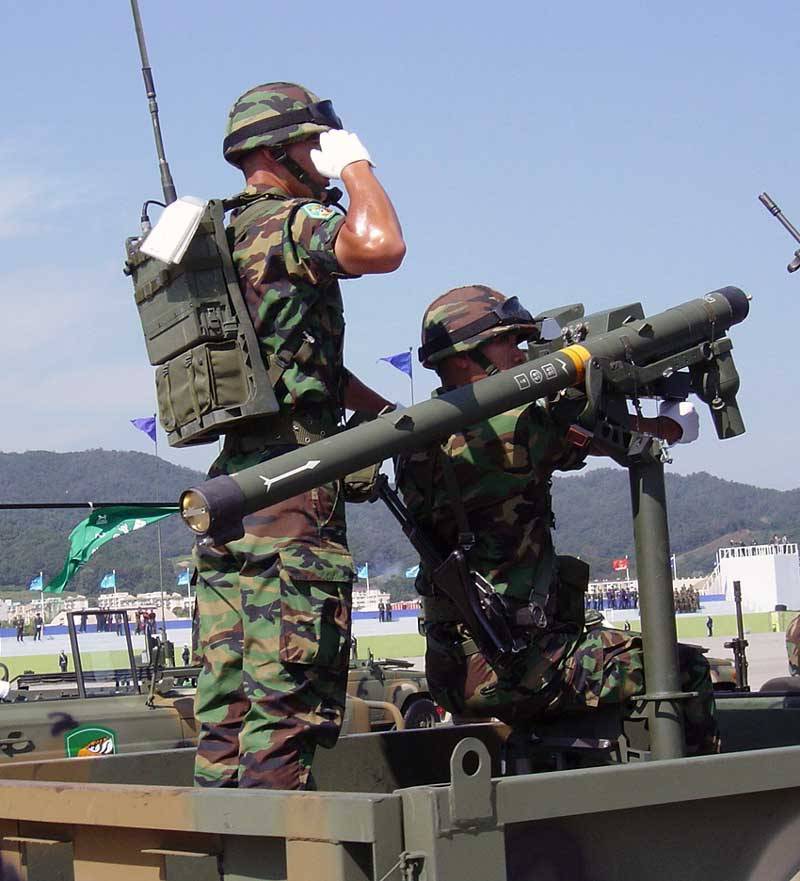
In addition, the Shingung air defense system was included in the modernized K30 Hybrid Biho self-propelled anti-aircraft artillery installation. During the modernization, each ZSU additionally received two containers, which are equipped with two missiles.
After the introduction of anti-aircraft missiles into the armament of the ZSU, the firing range has more than doubled and the probability of hitting air targets has significantly increased.
The creation in the Republic of Korea of its own rather successful short-range complex Shingung became a significant success of the national military-industrial complex, which allowed the country to enter the elite club of MANPADS manufacturers. The LIG Nex1 company is trying to promote the air defense system for export under the Chiron name. However, Indonesia became the only buyer of the South Korean complex in 2014.
The Indonesian Air Force command decided to integrate the Shingung air defense system with the 35-mm Oerlikon Skyshield anti-aircraft artillery system used to protect air bases. Contracts with India and Peru were canceled due to lawsuits filed by MBDA, accusing LIG Nex1 of intellectual property infringement.
In the late 1970s. the command of the South Korean army initiated a program for the development of an air defense system on a tracked chassis, designed to provide air defense for the divisional and corps link. Initially, the creation of a mobile complex, the elements of which were to be located on a tracked chassis, with a firing range and reach in height the same as that of the American MIM-23В I-Hawk air defense system was entrusted to Samsung Electronics. In other words, the South Korean generals wanted to get an anti-aircraft system similar in characteristics to the Soviet military air defense system "Kub". However, after several years of research, the leadership of Samsung Electronics came to the conclusion that it was impossible in the near future to independently create a medium-range mobile complex. The result of the work of the joint commission, which included representatives of the military-industrial complex and high-ranking military personnel, was the decision to reduce the requirements for the maximum range and height of targets hit. It was decided to use the modernized French Crotale air defense system as a prototype of the new South Korean military air defense system, for which Samsung Electronics and Thomson-CSF established the Samsung Thomson CSF consortium in 1991. In 2001, the joint venture was renamed Samsung Thales. In 2015, Samsung Group sold its stake to Hanwha Group and the name was changed to Hanwha Thales. The development and production of the complex was attended by 13 South Korean companies, including small and medium enterprises. Although the principle of combat use and architecture of the South Korean complex are similar to the Crotale-NG air defense system with the R-440 missile defense system, it uses the original anti-aircraft missile created by LIG Nex1 specialists.
All elements of the air defense system, known as the K-SAM Cheonma, or Pegasus, are placed on the reinforced chassis of the K200A1 tracked armored personnel carrier. The combat weight of the vehicle is 26 tons. The maximum travel speed is up to 60 km.
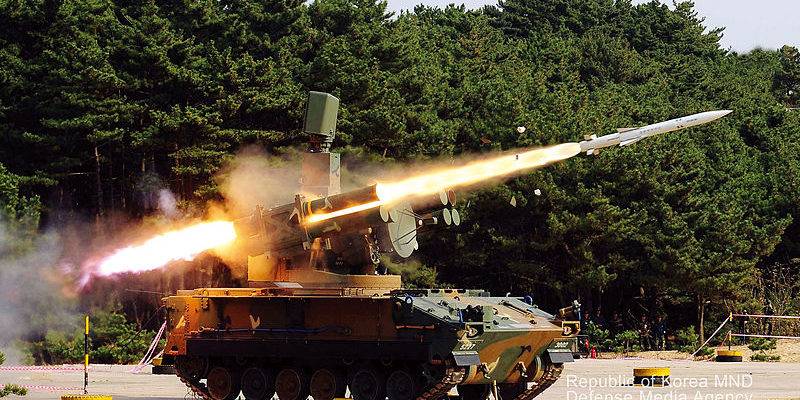
The anti-aircraft missile launcher has eight ready-to-use solid-propellant missiles in the TPK. The rocket is made according to the normal aerodynamic design - four rudders are placed in the rear of the hull. The warhead is a high-explosive fragmentation, directional action, equipped with contact and non-contact laser fuses and provides a high probability of hitting air targets. Targeting - radio command. The launch mass of the rocket is 75 kg, length - 2290 mm, diameter - 160 mm. Warhead weight - 12 kg. The maximum rocket speed is up to 800 m / s. The firing range is 0,5-9 km. Height - 0,02-6 km. The maximum overload of the SAM is up to 35G. The crew of three reloads the ammunition in 15 minutes.
Above the containers with missiles rises the antenna of the pulse-Doppler surveillance radar of the E / F-band with a target detection range of up to 20 km. This station can detect and track up to 8 targets simultaneously. The complex is also equipped with a pulse-Doppler radar, which is designed to accompany hovering helicopters and other targets. The complex is capable of operating day and night, in difficult weather conditions. In terms of its combat capabilities, Cheonma is close to the Soviet Osa-AKM air defense system, but the South Korean combat vehicle is protected by bulletproof armor and cannot float.
The delivery of the first Cheonma complexes to the troops took place in 2000. Until 2012, the South Korean army received 114 combat vehicles. According to available information, about a third of the air defense system is on alert at positions located in the immediate vicinity of the demarcation line with the DPRK.
Complexes on a tracked chassis cover not only military bases, but also important civilian objects. It is known that the Cheonma SAM battery is deployed to a position northwest of Seoul.
Currently, all mobile Cheonma air defense systems have undergone modernization, after which modern information display monitors appeared at the command of the commander and the operator, communication facilities were improved, and the noise immunity and reliability of radar equipment were increased. It is expected that this type of air defense system will remain in service until 2030.
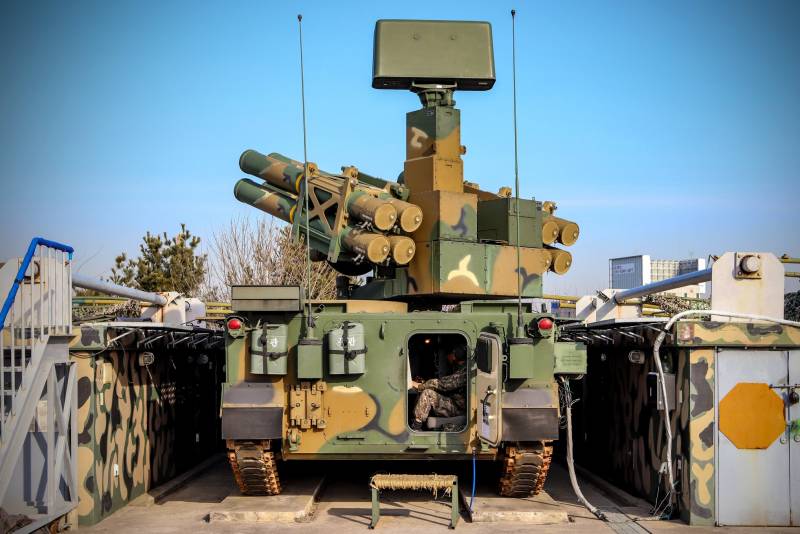
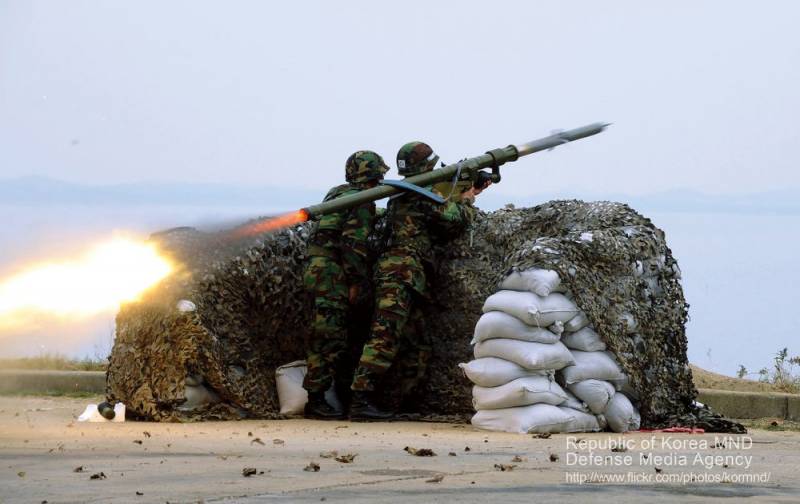

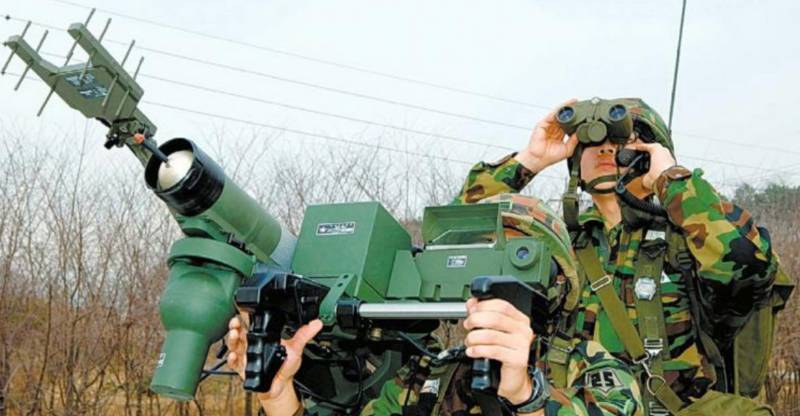
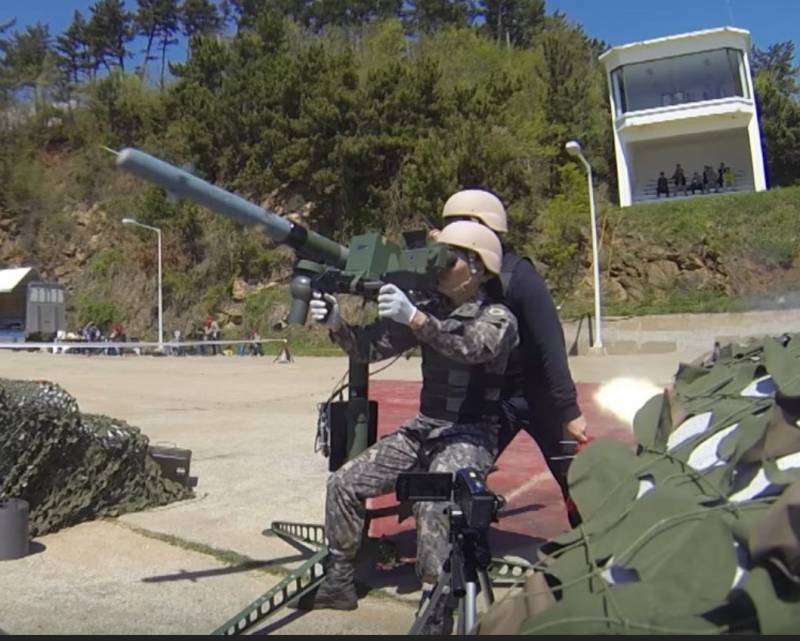
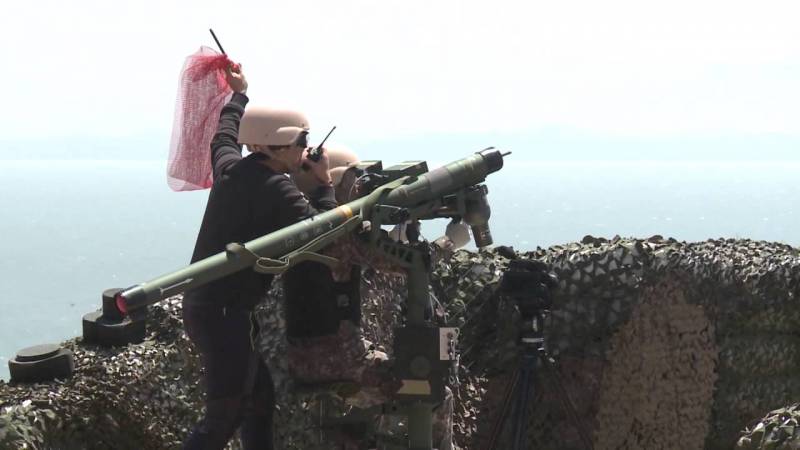
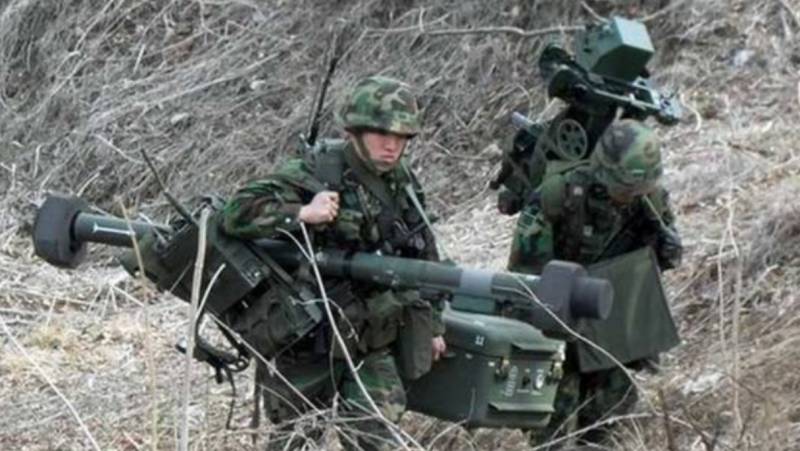
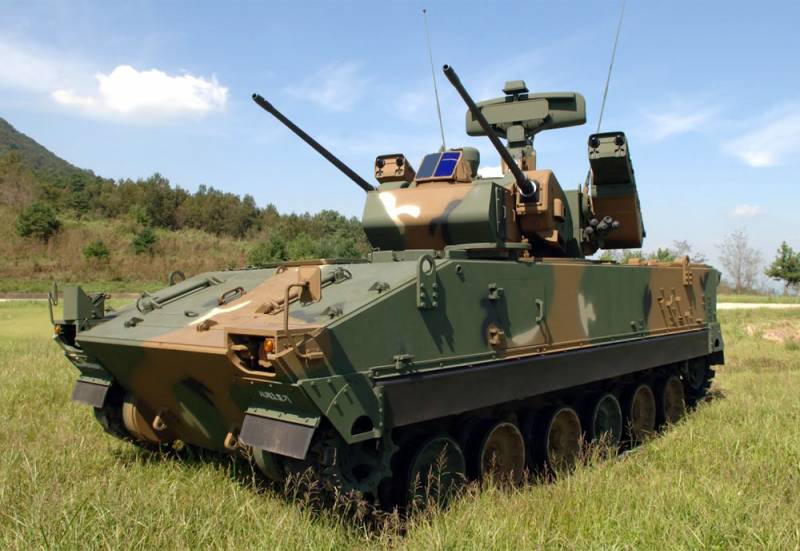
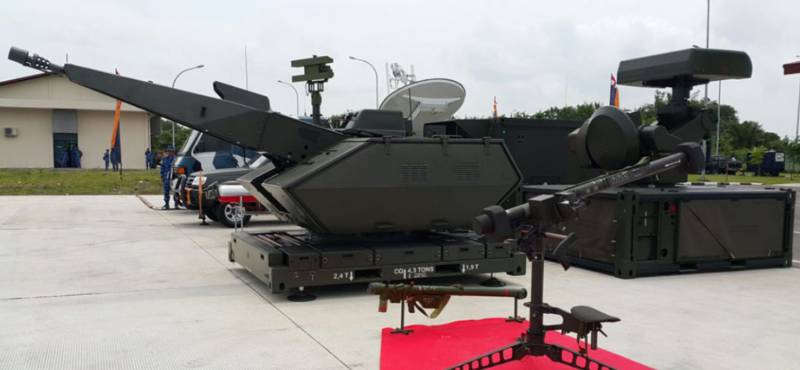
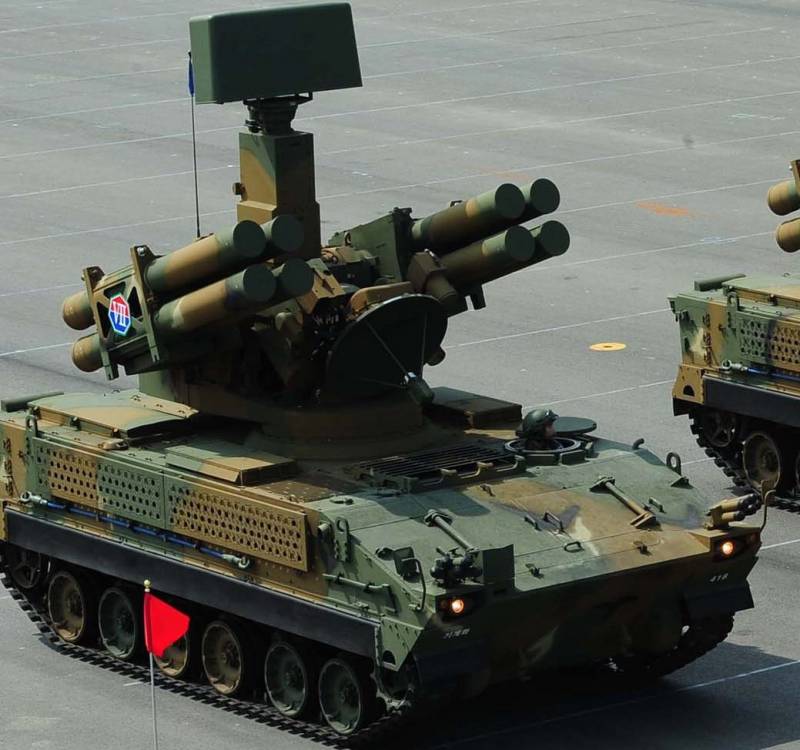
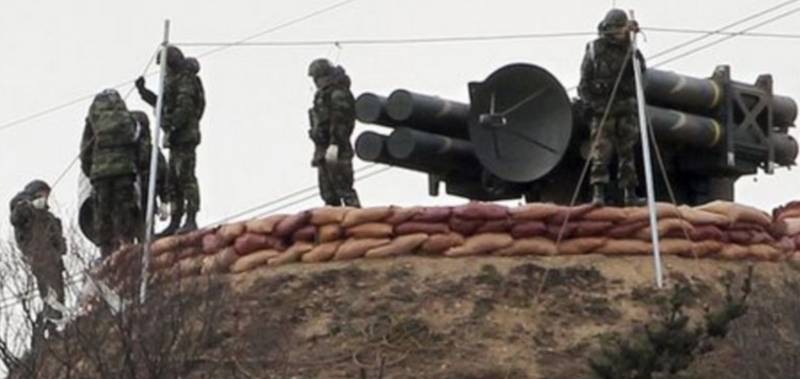
Information